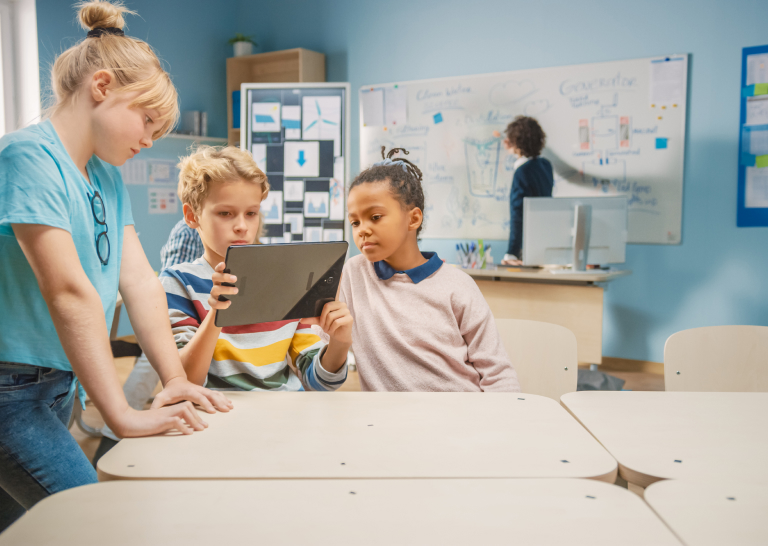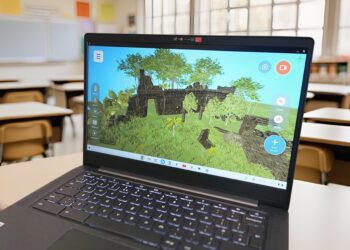In STEM teaching, Creativity, Critical Thinking, Communication, and Collaboration are commonly referred to as the “4 Cs.” These skills are considered the most important for students to develop to be successful in 21st century careers, and are often infused into STEM learning experiences.
Forbes recently named “creative thinking” as one of the top 15 skills employers are seeking in their employees, so creativity isn’t just highly regarded in STEM fields! Offering activities that provide novel approaches to problem solving through things like music, visual representation, and discussion can spark creativity and ignite innovation by accessing various senses and skills.
To help bring your students’ creativity to the next level, check out DE’s Top 10 SOS Instructional Strategies: 4 C’s Encouraging Creativity and Innovation! Tap into these strategies foster students’ creative skills through critical thinking, communication, collaboration, and of course, creativity.
Think Creatively
- A twist on the concept of concrete poetry, Make It Concrete requires students to identify and draw a shape that is related to the content, then fill it with factual details taken from a piece of media.
- Students often take written notes in phrases and fragments, and Sketchnotes guide students to create visual representations of their learning. From hearing information to determining how to best depict it, students add a layer to their thought process, often increasing comprehension and retention.
- This strategy requires a deep understanding of a person, place, or object. Fakebook harnesses the appeal of social media to inspire students to create an online profile full of connections that reflect the events, people, and times of their topic.
- Using the creative and conceptual format of a puppet show, Puppet Pictures requires students to have a solid understanding of the topic at hand. With images related to your unit, students write and narrate a puppet show.
- Creativity often requires looking beyond the obvious. In Sticky Back, students gain points if they can recall and record a factual detail from a piece of media that no one else recorded, rewarding those who pay close attention to the material.
Looking for more ways to inspire creative thinking? Check out our ready-to-use resources to help kickstart student creativity!
Work Creatively with Others
- Turn your classroom into a video production studio! Students can connect content and represent key points and details in a one-shot Paper Slide video. Planning and producing a one-shot Paper Slide video will push students to synthesize any featured topic in a medium they know and love!
- It takes clear understanding to represent content in a fresh way, such as a Music Video. With this strategy, students will use visualization and collaboration skills to create illustrations that represent song lyrics, line-by-line and frame-by-frame.
- You’ve read the research: walking lets the mind wander right along with the feet, which can foster innovative thinking. Bring the research to life in your classroom by asking students to Take a Walk to share their learning.
Implement Innovations
Put creative thinking into practice with chances for students to take risks, communicate feedback, and inspire student innovation!
- Innovation almost always requires risk. Take a Shot encourages students to work with increasingly complex questions to earn greater points for their correct answers.
- Contrary to popular belief, creativity can benefit from structure and feedback. IDEA Share provides a specific framework for students to provide peer-to-peer feedback in four categories: Interesting, Different, Exciting, and Advanced.
Your class rosters may be full, but there is always room for creative thinking! Create curiosity in your classroom this year by inviting students to partake in innovation, work together, and build something new. Stay tuned for more articles covering Critical Thinking, Communication, and Collaboration!









